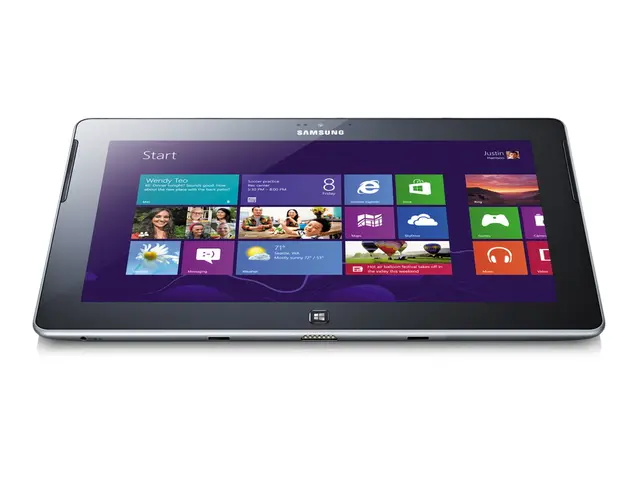Audio Enthusiasts Face-Off: A Detailed Comparison Between In-Ear and Half In-Ear Headphones
When it comes to choosing between in-ear and half in-ear headphones, the decision hinges on a variety of factors. Both types of headphones have their unique advantages and disadvantages, particularly in the areas of audio quality, comfort, portability, and noise isolation.
Audio Quality
In-ear headphones, due to their deep insertion into the ear canal, create a sealed ear canal that enhances bass response and sound fidelity. Professional in-ear monitors (IEMs) can deliver highly accurate, detailed, and distortion-free sound, sometimes with multiple drivers per ear for a wider frequency range. On the other hand, half in-ear headphones provide less bass and sound isolation because they don't seal off the ear canal fully. As a result, sound may be less immersive or detailed, and users may experience more external noise interference.
Comfort
In-ear headphones can cause ear fatigue or pressure during long sessions as they sit deep inside the ear canal. However, options with ergonomic shapes and vents reduce discomfort. In contrast, half in-ear headphones are often found more comfortable because they rest partially in the ear bowl rather than deep in the canal, lessening pressure or fatigue, especially for casual or light use.
Portability
In-ear headphones are very compact and lightweight, making them ideal for travel and sports. Cases tend to be smaller and easier to carry. Half in-ear headphones are also portable but usually slightly larger than in-ear buds, and their less secure fit may require more cautious handling to avoid falling out or damage.
Noise Isolation
In-ear headphones excel in noise isolation due to their sealed fit, often combined with active noise cancellation (ANC) for significant blocking of ambient noise. This facilitates better focus and audio enjoyment in noisy environments. Half in-ear headphones, on the other hand, offer poorer noise isolation because of their open design that lets ambient sounds in more easily.
Making the Choice
Choosing between the two depends on the user's priorities. Those valuing sound accuracy and noise isolation typically prefer in-ear models, while those prioritizing comfort during long wearing times may opt for half in-ears. Portability favors in-ear designs but at the cost of potential discomfort and a higher risk of loss.
In summary, in-ear headphones excel in audio quality and noise isolation, making them preferred for professional use and noisy environments. They are also highly portable but may cause discomfort during prolonged use. Half in-ear headphones offer better immediate comfort due to a more open fit and less ear canal pressure, which suits casual or extended wear. However, they lag behind in isolating noise and producing rich audio fidelity and are less suited for active or noisy scenarios.
Gadget enthusiasts often compare the sound quality of in-ear and half in-ear headphones. While in-ear headphones create a sealed ear canal for enhanced bass response and sound fidelity, their deep insertion can lead to ear fatigue during prolonged use. On the other hand, technology like active noise cancellation in certain in-ear models can result in superior sound quality and noise isolation compared to half in-ear headphones, which offer less bass and audio detail as they don't fully seal off the ear canal.




